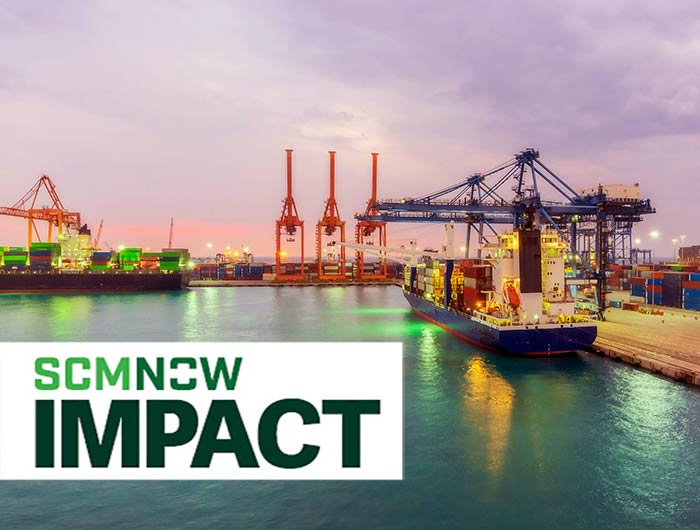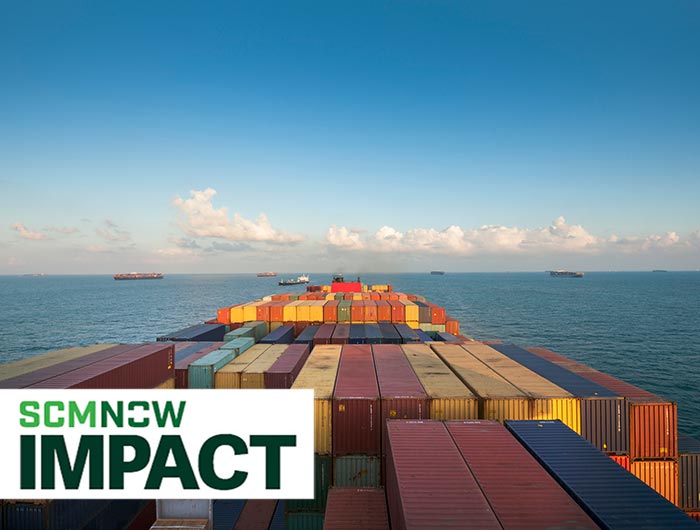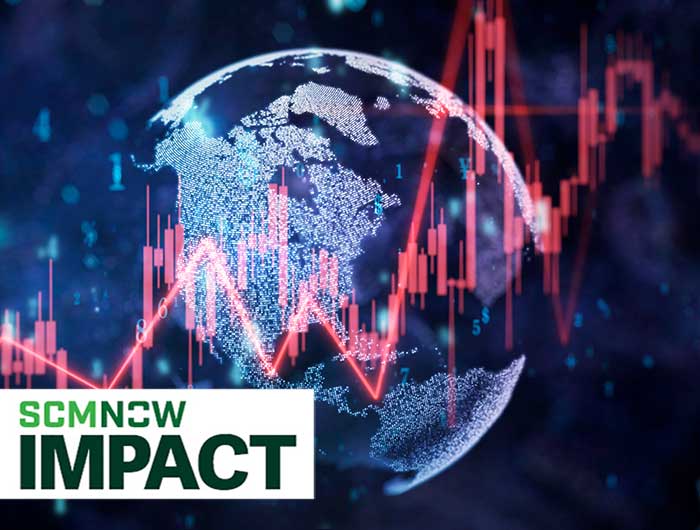An attack by Houthi rebels in the Red Sea. Extensive drought in the Panama Canal. The tragic bridge collapse in Baltimore. The ongoing threat of labor strikes. Any one of these events could wreak havoc on supply chain continuity; together, the results are nearly cataclysmic — in a way that feels eerily familiar.
A recent story in the The New York Times calls our current market “COVID junior,” noting that containers are hard to come by because of cancelations, special handling fees and “peak season surcharges.” Consequently, carriers are increasing rates while “raising the specter of waterborne gridlock that could again threaten retailers with product shortages during the make-or-break holiday shopping season.”
Data compiled by cargo analytics company Xeneta notes that moving a 40-foot shipping container from China to Europe costs about $7,000 — up from $1,200 in October. “That is well below the $15,000 peak reached in late 2021, when supply chain disruptions were at their worst, but it is about five times the prices that prevailed for the years leading up to the pandemic,” the Times reports. Rates have similarly increased for Shanghai to Los Angeles and Shanghai to New York — with Peter Sand, Xeneta’s chief analyst, is quoted as warning, “We haven’t seen the peak yet.”
Given the disruptions and added costs, some increase in shipping rates is inevitable; nevertheless, it could also be a self-fulfilling prophecy, as many industry voices claim carriers are raising rates beyond justifying their added expenses.
For a different perspective, Bloomberg cites Michigan State Professor of Supply Chain Jason Miller: “The latest constraints aren’t yet holding back factory activity in major developed economies or threatening another flareup of inflation … Once a tailwind, demand is now more of a headwind.” The three main drivers of supply chain upheaval during the pandemic — transportation, material shortages and insufficient labor — are all back to 2019 levels, while demand has steadily increased. Plus, supply chain professionals learned a thing or two from the pandemic uncertainty: They’re more likely to be using the latest technologies, and they’re better at responding to disruptions thanks to dynamic capabilities.
Building resilience via stronger relationships
There is a distinct silver lining among the clouds of the past few years in the industry: Supply chain professionals have incorporated so much of their robust experience into their management styles, and it’s proving critical in this time of increased uncertainty.
There are many ways to improve professional growth, increase efficiency and drive innovation, including ASCM’s brand-new credential, the Supplier Relationship Management Certificate. The program provides you with comprehensive knowledge of the concepts, tools and trends related to supplier relationship management. You will learn to optimize supplier relationships, enhance your organization’s credibility, empower leaders and so much more. Plus, you’ll get hands-on experience with key management tasks, including negotiating supplier contracts and evaluating the risks of any potential partnership. Take collaboration to the next level — get started today!



